What is Arc Browser?

Arc is a free browser from The Browser Company built on Chromium, released in 2023 for macOS, Windows, iOS, and Android. Because it rides on Chromium, it renders modern websites like Chrome and supports Chrome Web Store extensions. By default, Arc uses Google Search. What sets Arc apart is its design philosophy: a left sidebar houses tabs, bookmarks, and even the address field on macOS, with customizable “Spaces,” “Easels,” and “Boosts” that change how you collect, view, and style the web. Arc also includes AI helpers (Arc Max) that summarize pages and auto-name downloads on select platforms.
The team has shifted focus toward a new project (Dia), with Arc receiving bug fixes and Chromium syncs but no major new feature development planned. That makes today’s Arc Browser features compelling—but relatively stable—while the pace of big additions slows.
Google Chrome at a glance

Chrome, launched in 2008, is also Chromium-based and runs essentially everywhere—Windows, macOS, Linux, Android, and iOS. Core strengths include the Omnibox (search + address bar), best-in-class sync across devices (tabs, passwords, history), Safe Browsing warnings, sandboxing, Incognito mode, and the enormous extension ecosystem. Chrome’s deep ties to Gmail, Drive, and the broader Google stack make it the default choice for many users—and it remains under heavy, ongoing development with frequent feature and security updates.
Arc Browser vs Chrome: Feature comparison
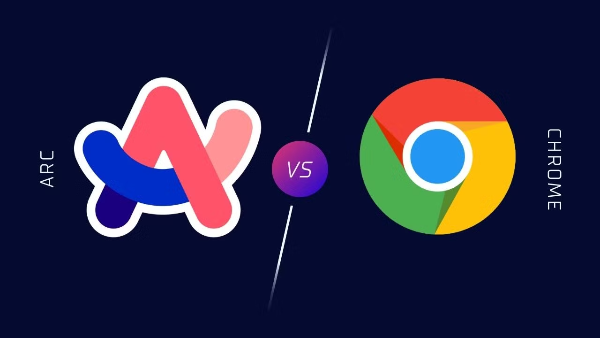
Below is a fast, simple table to orient you before we dive deeper.
| Aspect | Arc Browser | Google Chrome |
| Layout & Tabs | Sidebar-first UI; tabs, search, and bookmarks live in the side panel; Split View for two pages in one window | Classic top tabs; tab groups and pinning; picture-in-picture & Live Caption for media |
| Workflows | Spaces to segment work vs personal; Easels to collect screenshots/notes; AI tools (Arc Max) | Multiple profiles; robust sync; tight Google service integrations |
| Customization | Rich theming; Boosts (macOS) can visually restyle sites | Themes, dark mode; lighter customization overall |
| Extensions | Full Chrome Web Store support; no separate store | Full Chrome Web Store support |
| Platforms | macOS, Windows, iOS, Android; desktop focus historically macOS-first | Windows, macOS, Linux, Android, iOS; widest device support |
| Privacy defaults | Built-in ad/trackers blocking; minimized telemetry by default | Collects more data by default; privacy hardening requires settings/extensions |
| Development status | Ongoing fixes; new feature development discontinued | Active development with frequent feature/security updates |
Summary based on a 2025 head-to-head covering design, Spaces/Easels/Boosts, extensions, platform support, and privacy defaults.
Performance and RAM: what to expect
Because both browsers share Chromium, raw browsing speed feels similar for everyday tasks—but there are measurable differences. In Speedometer 2.0 testing referenced by the source, Chrome posted a slightly higher score than Arc (564 vs. 513 runs/min), indicating a small edge in task throughput. RAM usage measurements on macOS in that same comparison showed Arc’s main process using ~405 MB vs. Chrome’s ~255 MB under similar loads. Battery trials (30 minutes of YouTube playback) showed no decisive winner. Translate this to real life: if you keep dozens of tabs open, browser performance likely feels a touch snappier on Chrome and memory usage may be leaner, though day-to-day differences are modest.
Practical tip for either browser: speed at the margins often comes from hygiene—closing heavy tabs, pruning extensions, updating frequently, and avoiding sketchy sites. If you use Arc’s Spaces or Chrome’s tab groups heavily, keep an eye on background processes and media-heavy pages.
Browsers' Privacy & Security Differences
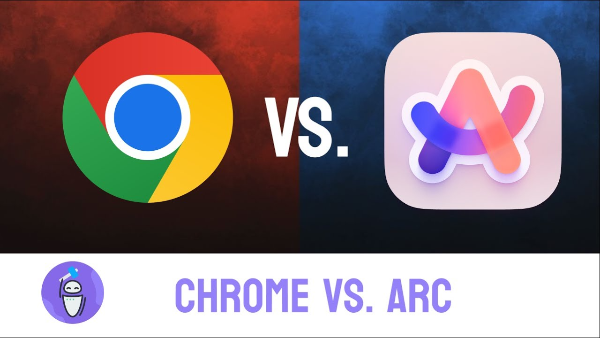
Both browsers inherit Chromium’s security fundamentals, like sandboxing and warnings for dangerous sites. The bigger split is default data collection and tracking. The source comparison notes Arc disables several telemetry/fingerprinting behaviors and blocks ads/trackers by default, while Chrome collects more data out of the box, with tracker reduction left to user settings and extensions. Both offer private/incognito windows that avoid saving local history and cookies, but—critical point—neither private mode hides your IP address from sites, your ISP, or a network admin, which is why “incognito = anonymous” is a myth.
Where free proxy VPN in UFO VPN fits in this privacy picture
-
Encrypted connection on untrusted networks: When you browse at cafés, hotels, or airports, UFO VPN encrypts the path between your device and the VPN server so local snoops or rogue hotspots can’t sniff your logins or session cookies—useful in Arc Browser vs Chrome alike.
-
IP masking across sites: A VPN masks your IP from sites and ad networks, shrinking cross-site correlation. That complements Arc’s default tracker blocking and strengthens Chrome when you haven’t yet installed privacy extensions.
-
Smart Connect + Split Tunneling + Kill Switch: UFO VPN’s Smart Connect picks a fast nearby server, Split Tunneling routes only your browser if you want, and a Kill Switch prevents accidental exposure if the tunnel drops.
4 Steps Turn on UFO VPN:
UFO VPN for Mac is fast, free to try, and easy to use. Free download this VPN app on your macOS devices. The .dmg installer file will begin downloading automatically.
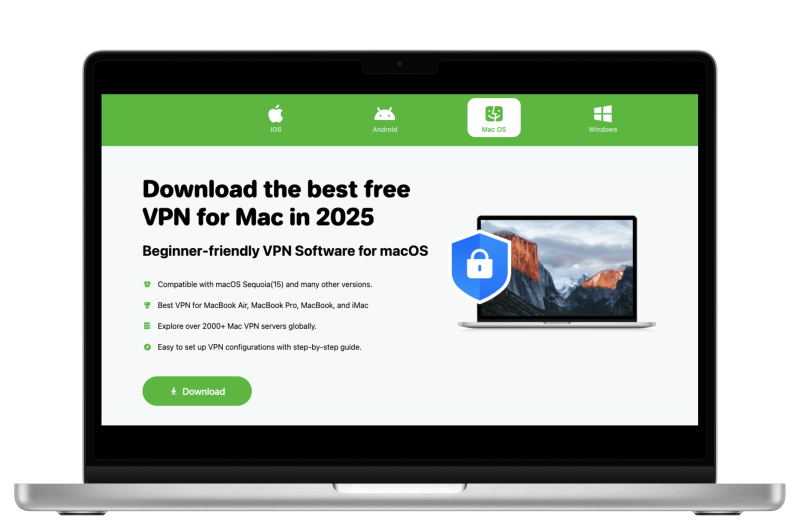
Locate the downloaded .dmg file in your Downloads folder. And double-click the file to open the installer. Open Launchpad or visit UFO VPN Applications.

Choose your preferred server location (e.g., US VPN, UK VPN, Netherlands VPN) or head to Smart Locations to get the fastest VPN connection automatically. UFO VPN now supports 20+ languages for global users!

Pro Tip
This free VPN for Mac helps to unblock any websites & apps for gamers and streamers as a Netflix VPN, Disney VPN, CODM VPN, Pornhub VPN, etc.
Once connected, you’ll see the green connection icon. Check your current IP address via What is my IP. You’re now browsing securely with UFO VPN!
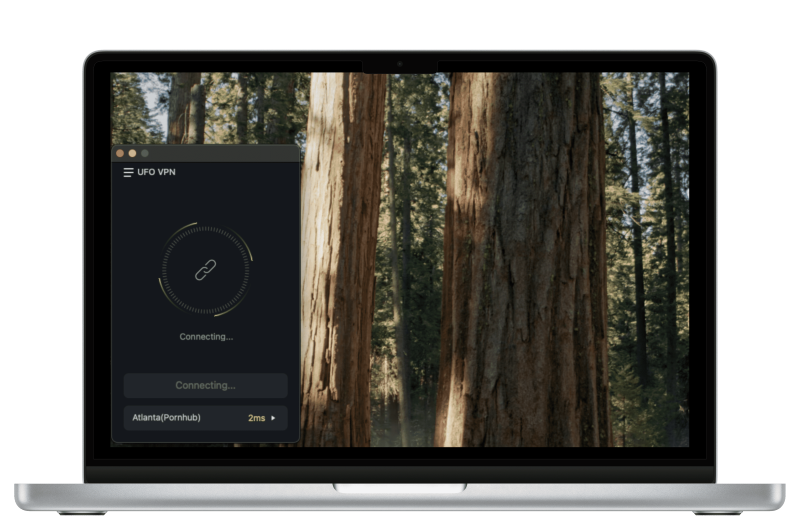
A VPN won’t change what extensions you install or the Arc Browser features you use, but it fixes what private windows can’t: IP visibility and local network snooping.
Final Comparisons: who should pick which
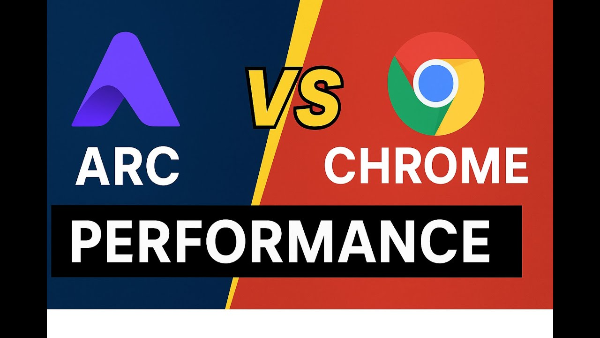
Arc: who it’s for
Choose Arc if you want a browser that organizes your day, not just opens tabs. Spaces give you hard walls between projects; Easels let you pin ideas; Boosts let you restyle distracting sites; and the sidebar UI encourages focus. If you live on macOS, Arc’s polish plus features like Boosts feel especially cohesive. Just know that while ongoing maintenance continues, new feature development has been discontinued; what you see is largely what you’ll keep. For many creators, researchers, and multi-project users, that’s still a superb mix.
Chrome: who it’s for
Pick Chrome if you prize predictability, portability, and the broadest compatibility. Its “just works” UI, top-tier sync, deep Google tie-ins, and huge extension catalog make it a safe default across Windows, macOS, Linux, Android, and iOS. Chrome’s slight browser performance edge in benchmarks and frequent feature/security releases round out a dependable daily driver. If you care about Chrome privacy, harden it with settings and reputable extensions—and consider pairing with UFO VPN for network-level privacy.
Decision shortcuts (keep it simple):
-
You get overwhelmed by tabs → Arc’s Spaces and sidebar.
-
You switch devices all day → Chrome’s sync and platform coverage.
-
You want privacy-friendly defaults → Arc’s tracker/ad blocking out of the box.
-
You want active feature velocity → Chrome’s ongoing development cadence.
FAQs
Is Arc based on Chromium like Chrome?
Yes. Both use Chromium, so site compatibility is similar and Arc supports Chrome Web Store extensions. The difference is mainly in UI and built-in tools like Spaces/Easels.
Does Arc support all Chrome extensions?
Arc doesn’t have its own store; you add extensions from the Chrome Web Store—same catalog Chrome uses.
Which is faster in benchmarks?
In Speedometer 2.0 tests cited by the source, Chrome scored higher than Arc (564 vs. 513), a small but measurable edge. Real-world feel is close for everyday browsing.
Which uses more RAM?
In the comparison of macOS measurements, Arc’s main process used more RAM than Chrome under similar tab loads (about 405 MB vs. 255 MB). Your mileage will vary with extensions and sites.







